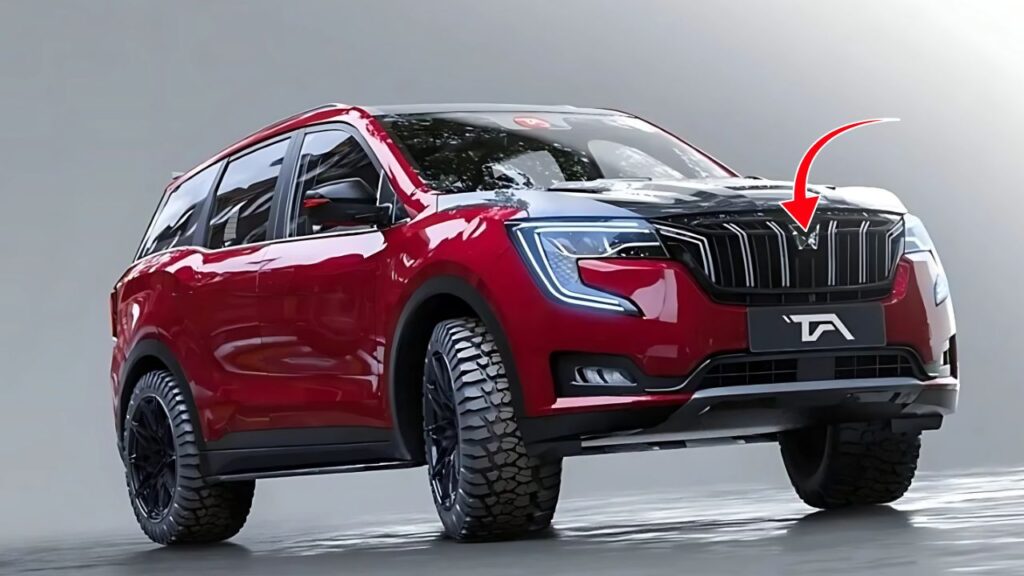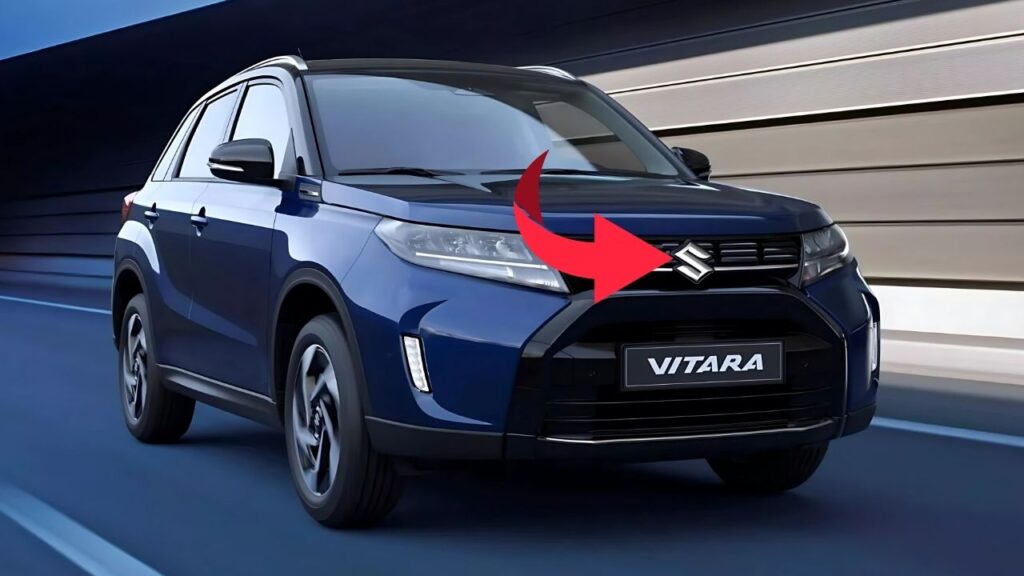Hyundai Santro: In the annals of India’s automotive history, few vehicles have left as profound an imprint as the Hyundai Santro.
Introduced at a pivotal moment when the country’s market was just beginning its transformation from a closed economy to a globally integrated marketplace, this unassuming small car not only established Hyundai’s presence in what would become one of the world’s largest automotive markets but fundamentally altered consumer expectations regarding what an affordable family car could—and should—offer.
Beyond mere transportation, the Santro represented a pivotal shift in how Indian consumers viewed automobiles, elevating them from utilitarian necessities to aspirational lifestyle products that combined practicality with previously unseen features, quality, and design sophistication.
Table of Contents
Hyundai Santro: Historical Context: Entering a Protected Market

To fully appreciate the Santro’s impact, one must understand the Indian automotive landscape circa 1998 when the model first arrived.
Following decades of protectionist policies that severely limited both domestic competition and foreign participation, India’s car market was dominated by aging designs from established local manufacturers, most notably Maruti Suzuki (then Maruti Udyog) and Hindustan Motors.
The Ambassador and Premier Padmini—designs dating back to the 1950s and 1960s—remained in production alongside Maruti’s more modern but still relatively basic offerings.
This environment created a market starved for innovation but highly skeptical of newcomers, particularly foreign brands that lacked established service networks and local manufacturing presence.
Hyundai’s decision to enter this challenging market represented considerable strategic audacity.
Unlike many global manufacturers who approached India cautiously through joint ventures or limited product offerings, the Korean company committed to full-scale manufacturing from the outset, establishing a modern production facility in Sriperumbudur near Chennai.
This substantial investment signaled long-term commitment to a market that many established global players had either overlooked or approached with half-measures.
More remarkably, Hyundai chose to enter the market not with a proven global product but with a vehicle specifically developed with Indian consumers in mind.
The Santro (sold in some other markets as the Atos) was designed to address specific local requirements including elevated ground clearance for challenging road conditions,
compact external dimensions for navigating congested urban environments, and tall interior architecture that accommodated traditional dress including turbans—thoughtful adaptations that demonstrated unusual market sensitivity for a newcomer.
Design Philosophy: Function with Personality
The Santro’s design represented a deliberate departure from the boxy, utilitarian aesthetic that dominated India’s small car segment.
Its distinctive “tall boy” silhouette—featuring an elevated roof line and upright seating position—prioritized interior space efficiency while creating a visual signature that distinguished it from established competitors.
This design approach delivered remarkably generous interior volume within compact external dimensions, addressing a key pain point for family buyers in the entry-level segment.
While contemporary observers sometimes described the original Santro’s styling as quirky or unconventional, this distinctive appearance served a strategic purpose, helping the newcomer establish visual identity in a crowded marketplace.
The rounded headlamps, curved windshield, and gently sloping hood created a friendly, approachable character that resonated particularly well with first-time car buyers who formed a substantial portion of the target demographic.
Interior design similarly emphasized thoughtful functionality rather than mere cost reduction.
The dashboard featured a center-mounted instrument cluster that improved visibility while creating manufacturing efficiencies for right-hand and left-hand drive configurations.
Storage compartments were strategically placed to accommodate everyday items, while the upright seating position improved visibility and space utilization.
These elements collectively created a cabin environment that felt more substantial and well-considered than price-point expectations might suggest.
Color choices further distinguished the Santro from more conservative competitors, with vibrant options including yellow, blue, and red alongside traditional silver and white.
This palette reflected an understanding that for many first-time buyers, a car represented not merely transportation but a significant lifestyle statement and achievement—an insight that would inform Hyundai’s product planning and marketing approaches for years to come.
Engineering Approach: Reliable Sophistication
Hyundai Santro- The engineering philosophy underpinning the Santro balanced technological advancement with market-appropriate simplicity—a crucial consideration in a country where service infrastructure remained limited beyond major urban centers.
The powerplant exemplified this approach: a 999cc four-cylinder engine that delivered modest but adequate performance (55 horsepower in original specification) while featuring multi-point fuel injection at a time when many competitors still relied on carburetors.
This technology provided improved efficiency, reduced emissions, and enhanced reliability while remaining serviceable by mechanics familiar with conventional engines.
Transmission options initially centered around a five-speed manual—one ratio more than many competitors offered, providing both improved fuel economy and reduced engine noise during highway cruising.
Later iterations would introduce automated manual transmission options, making the model more accessible to urban drivers navigating increasingly congested conditions.
Suspension design employed a straightforward combination of MacPherson struts at the front and a torsion beam arrangement at the rear—a cost-effective architecture that nonetheless delivered handling characteristics superior to many contemporaries.
Particularly notable was the calibration, which balanced the competing requirements of ride comfort over poor surfaces with handling stability during evasive maneuvers—a thoughtful compromise that acknowledged real-world Indian driving conditions.
Safety features evolved significantly over the model’s lifespan. While early versions offered relatively basic provisions reflecting market norms of the era, subsequent generations introduced increasingly comprehensive protection including airbags, antilock braking systems, and reinforced body structures.
This evolution reflected both changing regulatory requirements and Hyundai’s recognition of growing safety consciousness among Indian consumers—particularly families who constituted a core market segment.
Perhaps most significantly from an engineering perspective, the Santro delivered remarkable reliability and durability despite introducing technologies relatively new to its segment.
This performance helped establish Hyundai’s reputation for quality in a market where mechanical dependability represented a non-negotiable requirement given long distances to service centers in many regions and the financial significance of vehicle purchases for middle-class households.
Market Impact: Redefining Expectations
The Santro’s most profound impact came through its systematic redefinition of consumer expectations in India’s small car segment.
Prior to its introduction, entry-level models typically offered minimal feature content, with even basic amenities like air conditioning or power steering considered premium upgrades rather than standard equipment.
The Santro challenged this paradigm by introducing features previously associated with more expensive vehicles, including power windows, central locking, and factory-fitted audio systems in higher trim levels.
This approach forced competitors to reconsider their feature packaging strategies, accelerating the democratization of comfort and convenience features across all market segments.
Within a few years, elements that had been considered luxuries became standard expectations even at modest price points—a transformation that benefited Indian consumers regardless of which brand they ultimately purchased.
More subtly but perhaps more significantly, the Santro helped shift market perception of Korean automotive brands from budget alternatives to legitimate contenders offering genuine value.
When Hyundai entered India, Korean manufacturers generally occupied lower status in the global automotive hierarchy compared to established Japanese and European competitors.
Through consistent quality delivery and thoughtful market adaptation, the Santro helped elevate not only Hyundai’s reputation but broader perception of Korean engineering and design capabilities—a repositioning that would facilitate successful market entry for other Korean brands in subsequent years.
The model’s success also demonstrated the viability of India-specific product development rather than merely adapting existing global platforms—an approach that many manufacturers would subsequently adopt.
By investing in understanding local requirements and preferences, Hyundai established a template for successful market entry that emphasized genuine engagement with Indian consumers rather than merely leveraging manufacturing cost advantages.
Cultural Significance: Beyond Transportation
Beyond its commercial success and market impact, the Santro achieved something more elusive and perhaps more significant—it established itself as a cultural touchpoint that transcended its utilitarian purpose.
The marketing partnership with actor Shah Rukh Khan proved particularly inspired, linking the upstart automotive brand with one of India’s most beloved celebrities at a time when both were ascending in their respective domains.
This association imbued the model with an aspirational quality that helped overcome initial skepticism about an unknown foreign manufacturer.
For many middle-class Indian families, the Santro represented their first new car purchase—a significant milestone that often followed years of two-wheeler ownership or reliance on public transportation.
This role as an entry point to car ownership created deep emotional connections that transcended the vehicle’s objective attributes, establishing brand loyalty that would influence purchasing decisions for decades.
Many current owners of premium Hyundai models began their relationship with the brand through Santro ownership, a progression that validated the company’s strategic decision to establish market presence through the small car segment rather than pursuing premium positioning initially.
In smaller cities and towns, the Santro helped accelerate motorization by offering a package that balanced affordability with aspirational qualities—an approach that expanded the potential market beyond affluent urban centers.
This democratization of car ownership contributed to broader economic development by enhancing mobility, creating opportunities for automobile-related services, and establishing new consumption patterns that supported retail growth across multiple sectors.
Hyundai Santro: Legacy and Evolution
The Santro’s evolution across multiple generations reflected changing market conditions and consumer preferences while maintaining the fundamental attributes that established its initial success.
The second generation (sometimes marketed as Santro Xing) introduced more sophisticated styling with smoother surfaces and integrated design elements, addressing early criticism of the original model’s unconventional aesthetics while maintaining the space-efficient tall-boy architecture.
Mechanical refinements included more powerful engine variants, improved transmission options, and enhanced safety features that kept pace with evolving regulations and competitor offerings.
After a brief hiatus, the Santro nameplate returned in 2018 with a thoroughly modern interpretation that maintained spiritual connection to the original while incorporating contemporary design elements, technology features, and safety provisions.
This revival demonstrated the enduring equity of the Santro brand within Hyundai’s portfolio—a recognition that certain model names transcend product cycles to become valuable assets in their own right.
While production of the latest Santro iteration has recently concluded as Hyundai rationalizes its product lineup amid changing regulatory requirements and market preferences, the model’s legacy persists through its influence on subsequent designs, the customer relationships it established, and its role in building Hyundai into one of India’s most successful automotive brands.
From a tentative market entry to an established institution, the journey parallels India’s own transformation from economic isolation to global integration—a synchronicity that perhaps explains why this humble small car resonated so deeply with the nation’s aspirations and narrative.
In the final analysis, the Santro’s significance extends beyond transportation to encompass industrial development, consumer culture evolution, and the complex interplay between global corporations and local markets.
Its story demonstrates how thoughtfully developed products can transcend their utilitarian functions to become meaningful contributors to economic and social development—a case study in market understanding, strategic patience, and authentic engagement that offers lessons applicable far beyond the automotive sector.










